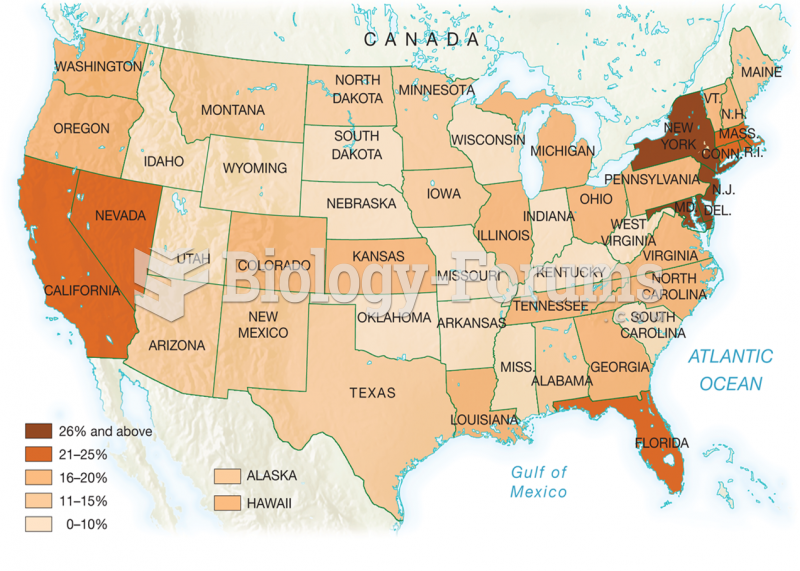This topic contains a solution. Click here to go to the answer
|
|
|
Did you know?
On average, the stomach produces 2 L of hydrochloric acid per day.
Did you know?
More than 4.4billion prescriptions were dispensed within the United States in 2016.
Did you know?
For pediatric patients, intravenous fluids are the most commonly cited products involved in medication errors that are reported to the USP.
Did you know?
The average office desk has 400 times more bacteria on it than a toilet.
Did you know?
Human stomach acid is strong enough to dissolve small pieces of metal such as razor blades or staples.







